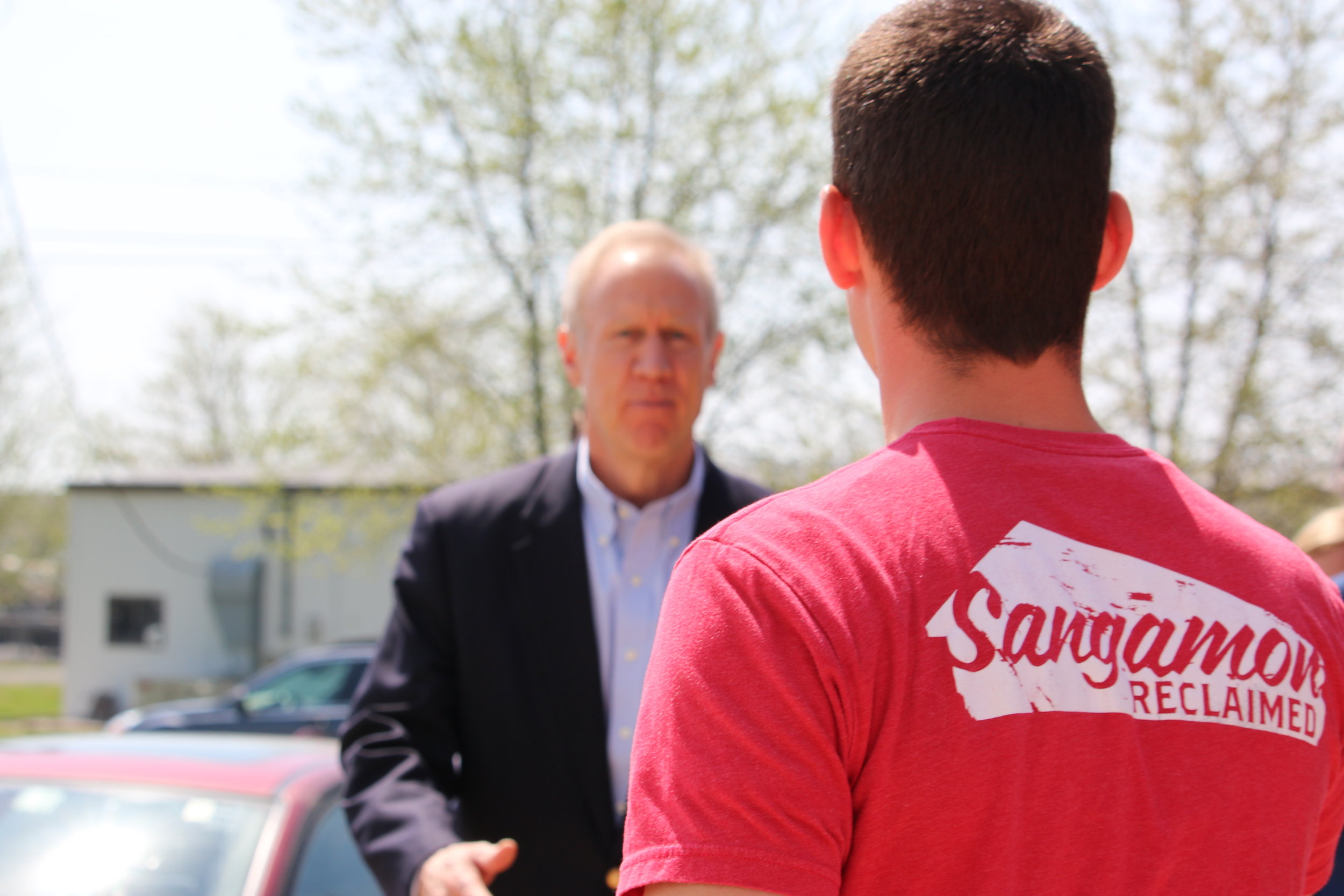When we talk with clients about their public relations campaign strategy we divide activity into traditional and digital media. Traditional media being TV, radio, and print and digital being anything we do online.
Online activity plays a major part in communicating with stakeholders. But you can’t just throw out content, hope it sticks, and that it influences behavior. You must be strategic.
Consumers jump around online; from Facebook to a news page, to a Google search to Instagram, back to Facebook, next a blog, online shopping, and then back to Facebook. So, in order to capture their attention you must be visible.
It doesn’t matter how many likes or followers you have on your Facebook page, the way in which you influence your audience has nothing to do with this. It’s about your ability to affect change through your stakeholders. And by the way – this has never changed – it’s always been the case that the job of public relations is to persuade. We’re just applying it to the online world in this instance. The key here is engagement. The actions that follow a post will prove whether your campaign is a success or not.
If you’re not thinking about SEO, when planning a public relations campaign, then you might as well go home. SEO should be part of your integrated approach today. As public relations professionals we are perfectly placed to impact search results.
Traditional media can also play a vital role here. A TV interview or newspaper article is highly likely to appear online at some point – and on multiple platforms. It’s what you do with this content that matters.
Artificial intelligence and augmented reality also play a part in the field of public relations – and even more so in the future. In fact, we already work with clients to ensure that intelligent assistants, such as Siri and Alexa, are working in their favor.
For years, those in the field have struggled with evaluation and measurement. Thanks to the data we are now able to extract online we can make improvements in real time. We’re also better able to prove ROI.
I actually remember the day I sent a fax to the media when there was a crash landing at the airport and the airline was the client of a consultancy I worked for. A fax! Civic journalism and the digital world now take care of ‘breaking news’ now. This is what crisis comms people live for – the fast paced unfolding of a story that’s likely to hit the World Wide Web before you can even utter the word ‘let’s get out in front of the story’. Therefore you need a solid plan when it comes to crisis comms.
Whatever your budget and timeframe, you need to make sure all of the above is fully considered – and acted upon – to deliver a successful public relations campaign.



































